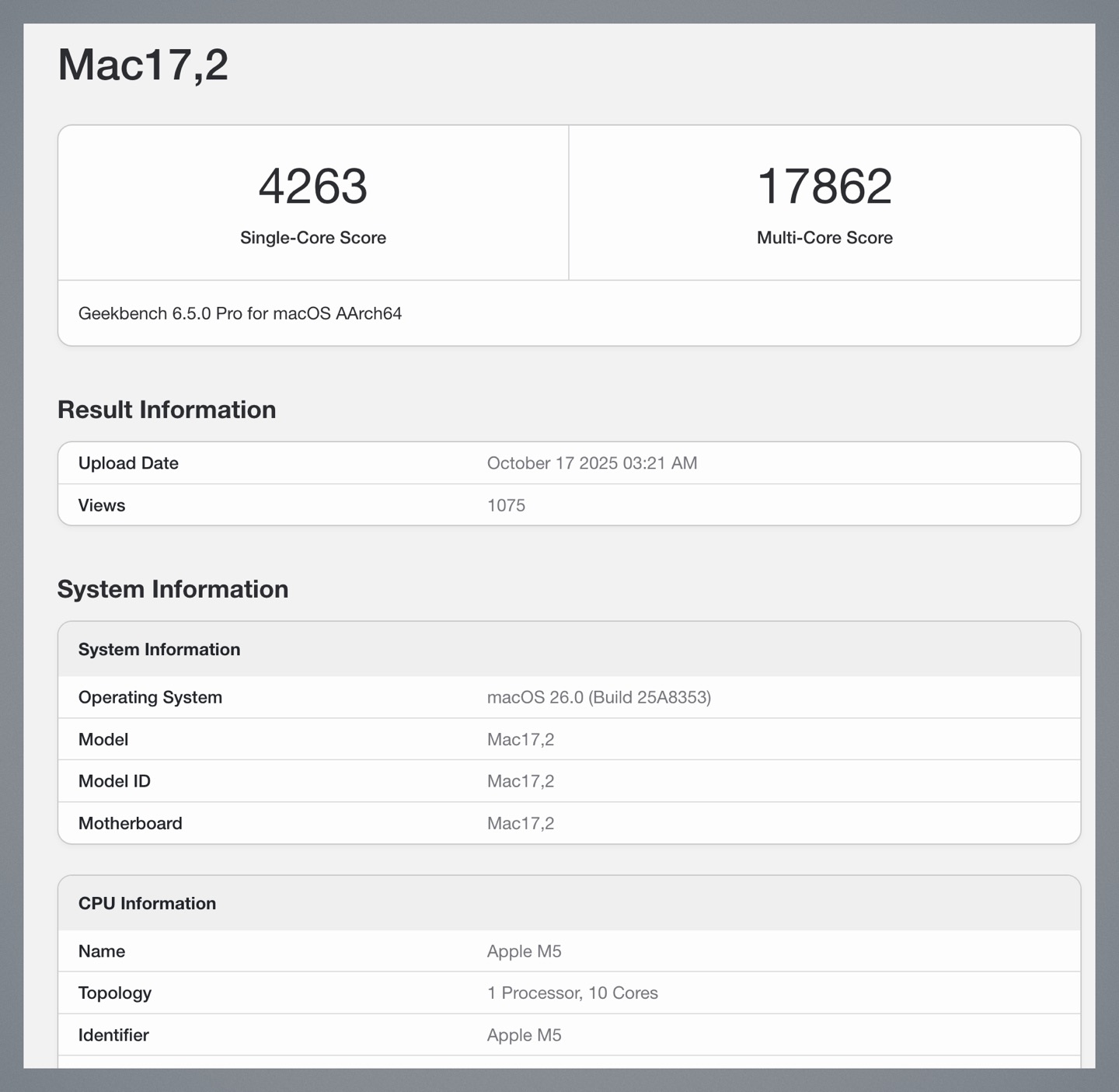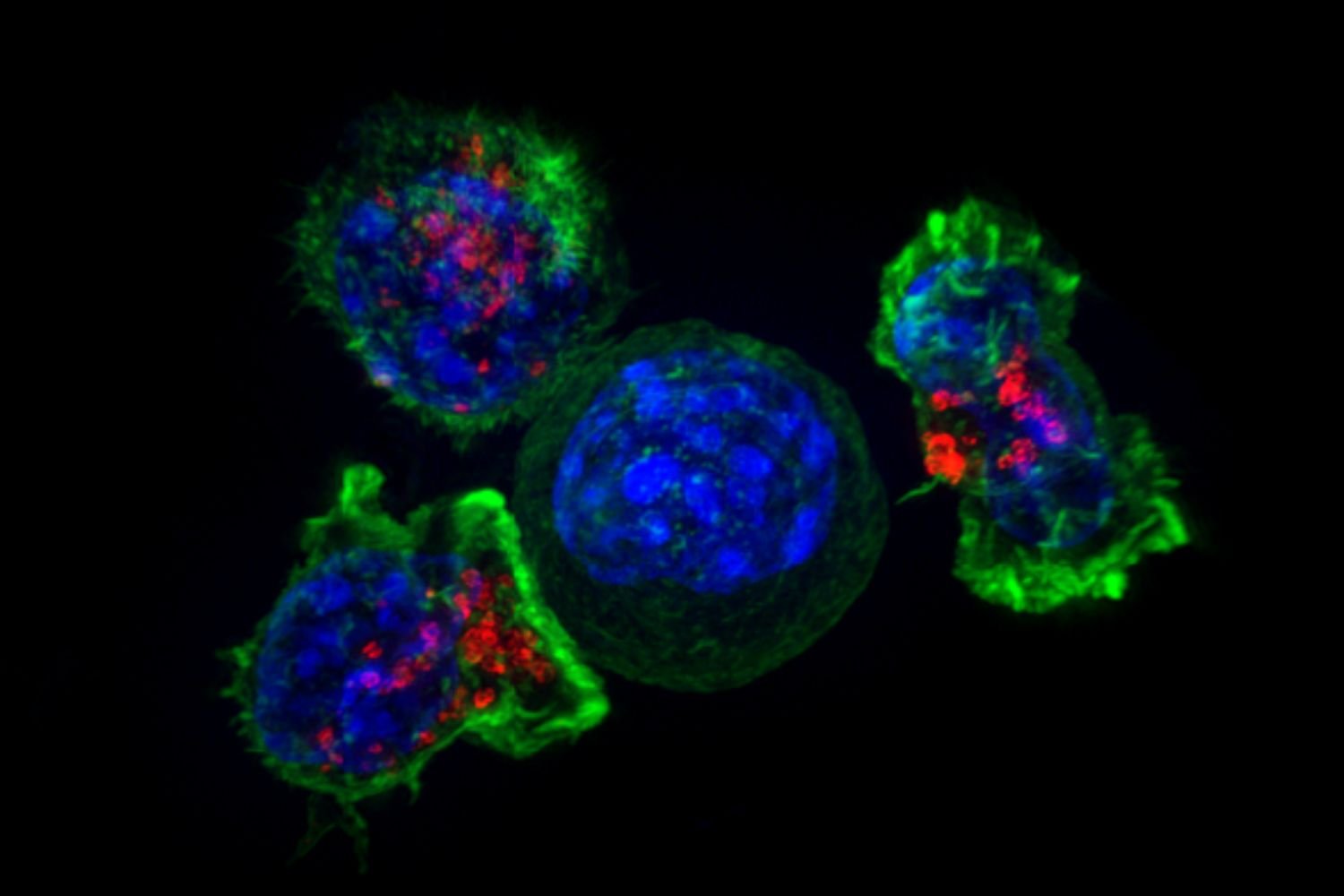Humans have overcome almost all the limits that make the Earth a habitable place. According to a study involving more than 40 scientists from around the world, we are in “danger zone”. It’s not just about climate change. The study offers evidence that our planet is facing major crises related to water availability, ecosystem maintenance, the nutrient load on our soils and airborne pollution.
Report prepared by the Earth Commission and published in the journal Natureestablished eight calibers analyzed from two points of view: security and justice. The first focuses on the stability of the planet’s conditions. Secondly, in how the current conditions affect more or less certain groups of people depending on their ethnicity, region or even age.
In other words, these “safe and fair” benchmarks are the planetary equivalent of the human vital signs. Instead of pulse, temperature, and blood pressure, they look at water flow, phosphorus use, and soil conditions. Everything has a safety threshold. And of the eight limits analyzed, seven have already been exceeded.
“Our doctor would say that the Earth is really very sick right now.. It hurts from the perspective of many different areas or systems,” Earth Commission co-chair Joyita Gupta, an environmental researcher at the University of Amsterdam, told a press conference. “And this disease also affects people living on Earth.”
Limits indicating that the Earth is sick
The limits analyzed to assess the health of the Earth are based on a synthesis of previous studies conducted by universities and UN scientific groups. These include the Intergovernmental Panel on Climate Change and the Intergovernmental Science-Policy Platform on Biodiversity and Ecosystem Services.
The “safe and fair” limit is that 50% to 60% of the globe contains predominantly natural ecosystems. The planet is highlighted in red in this variable: only 45% to 50% of the planet has not been altered by humans. And so with almost all indicators.
A third of the planet is already over-extracted from its surface water resources, according to the study. The limit outside the “danger zone” is 20%. A direct consequence of this is the deterioration of water quality and freshwater species. The problem recurs in groundwater systems. In this case, the safe limit indicates that the aquifers should not be depleted faster than they can be replenished. The reality is that 47% of river basins are being depleted at an accelerated rate.

With regard to climate, the “safety” barrier of 1.5 °C is not violated. However yes the “fair” limit was exceeded when people were affected, which the group set at 1 °C. The average global temperature is about 1.2°C above pre-industrial reference levels. The scientific community has warned that the 1.5 degree Celsius threshold could be exceeded in 2027.
This is not a death sentence

However, the researchers say it is not a fatal diagnosis. The planet can recover if they are taken forceful measures, such as revisiting the use of coal, oil and natural gas. “We need to fight not only the symptoms, but also the causes.” said Gupta, co-chairman of the Earth Commission.
Report persuasive, provocative and scientifically based in methodology, said Indy Burke, dean of the Yale School of the Environment. Pennsylvania. “This is the key to identifying the dimensions in which the planet is approaching the edge of the limits that can lead us to irreversible states,” added Burke, who was not involved in the study.
There is a good one (or not so bad): according to research, Air pollution is not exactly dangerous on a global scale. “But in almost everything we are moving in the wrong direction,” said Johan Rockstrom, director of the Potsdam Institute for Climate Impact Research in Germany and lead author of the study.
The report acknowledges that it did not address some other important issues, such as the buildup of plastic or residual chemicals. He explains that these are risks that have not yet been sufficiently studied to know if they pose an existential danger.
Rockstrom says there are several medications we can take: “But we also need lifestyle changes: less meat, more water, and a more balanced diet.” Improvement of the forecast is still possible, he assured. “The regenerative forces of nature are strong… but we need a lot more effort.”
Source: Hiper Textual













